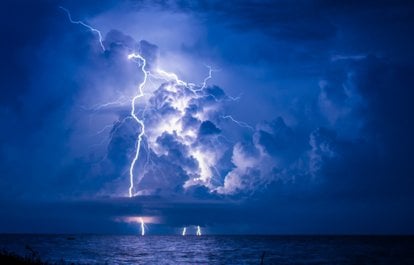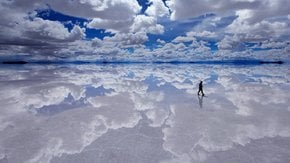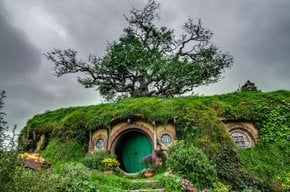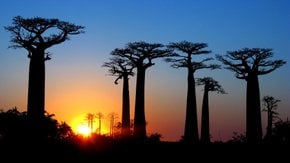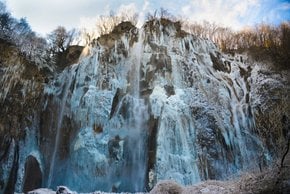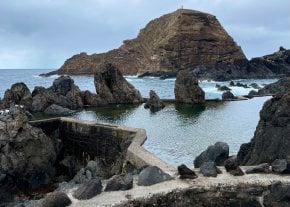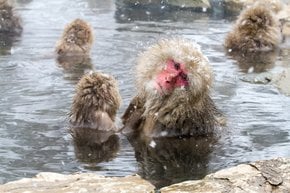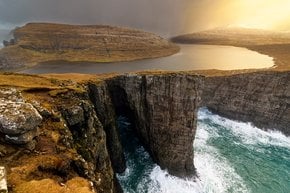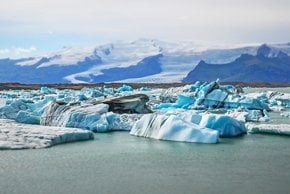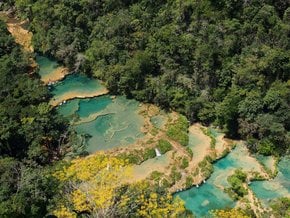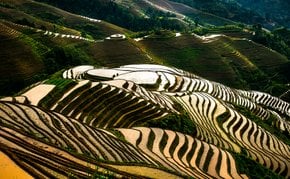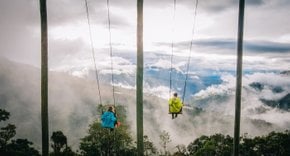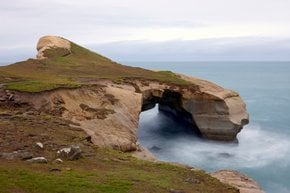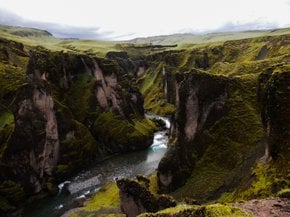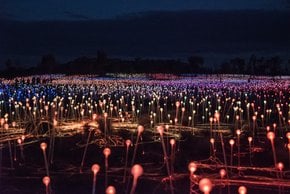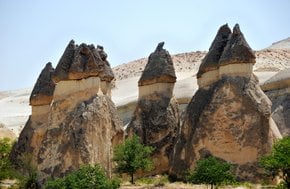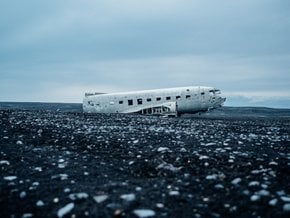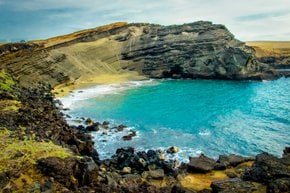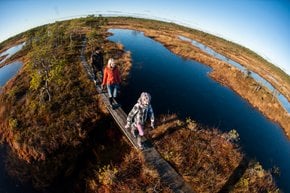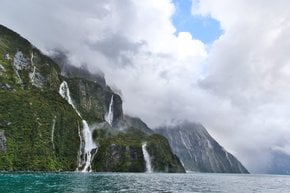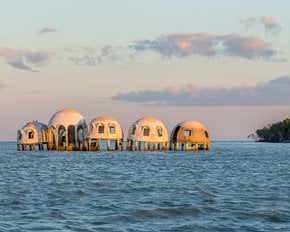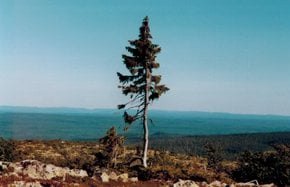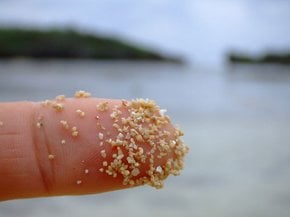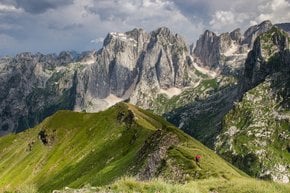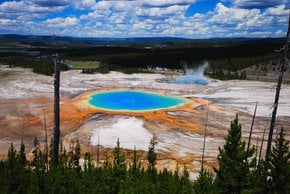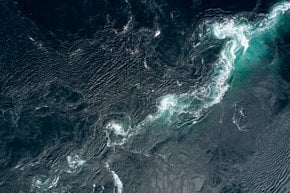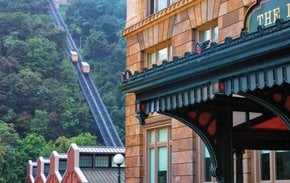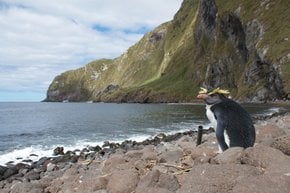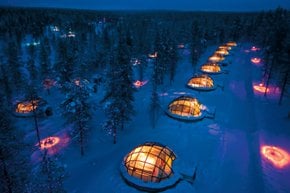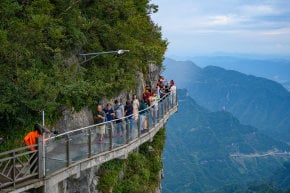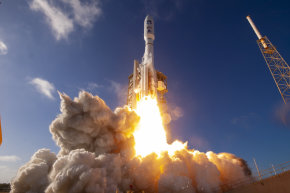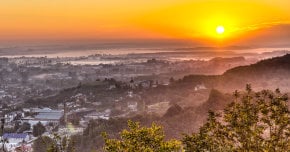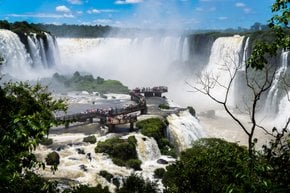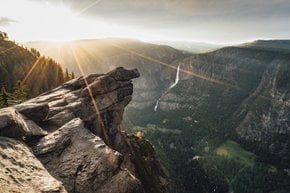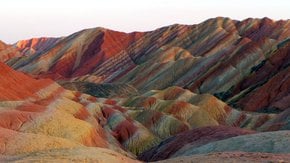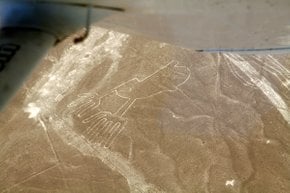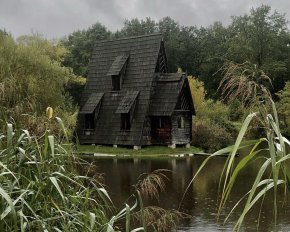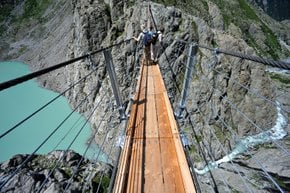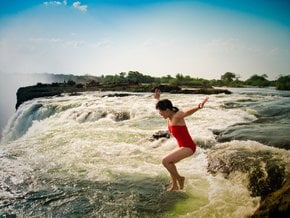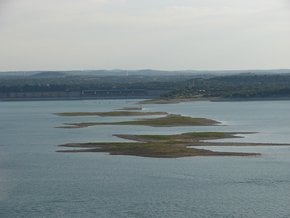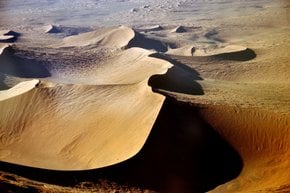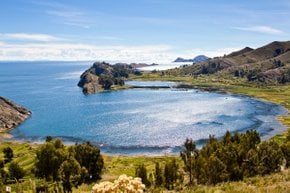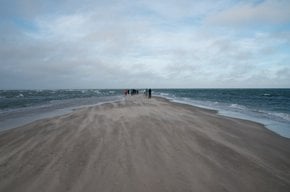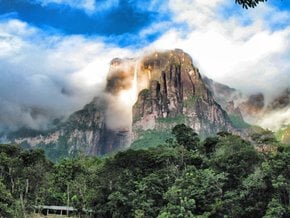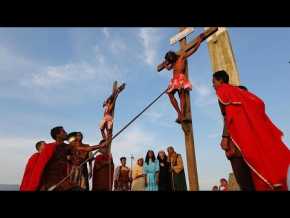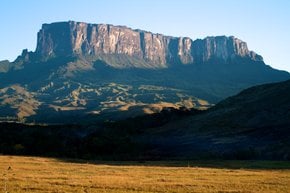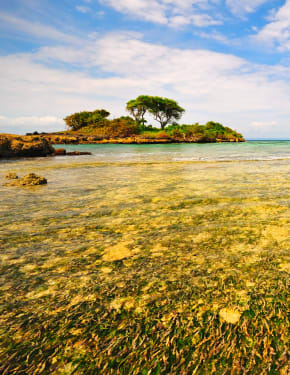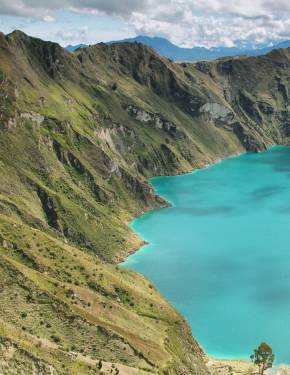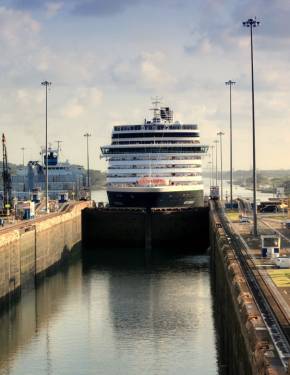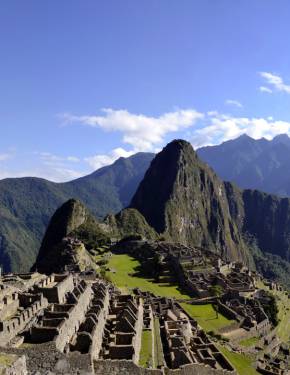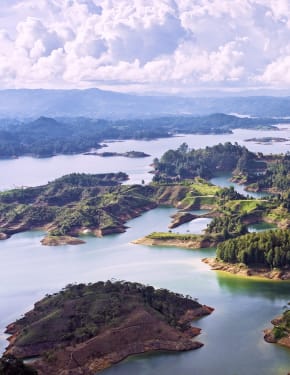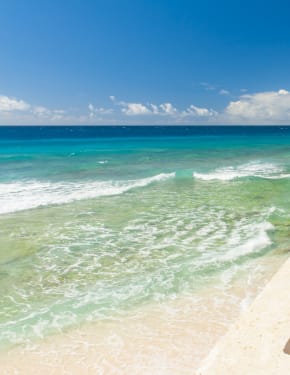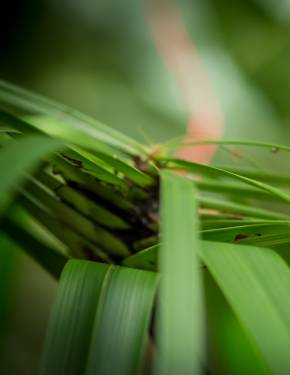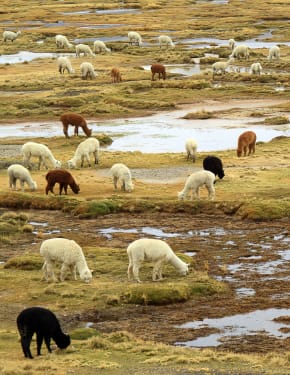Catatumbo Lightning in Venezuela 2026
The statement about lighting never striking the same place twice is proved wrong—heavily electrified storms reoccur at Lake Maracaibo every other night
Best time: May–November
Catatumbo Lightning, or “Relámpago del Catatumbo” in Spanish, is a spectacular atmospheric phenomenon occurring at the mouth of the Catatumbo River where it flows into Lake Maracaibo in Venezuela. Known as the lightning capital of the world, Lake Maracaibo holds the title of the most electrified place on Earth, renowned for its almost continuous storms.
Best Season
The ideal time to witness the Catatumbo Lightning is during Venezuela's wet season, which runs from May to November, with October offering the most frequent activity. During this peak month, up to 26 lightning flashes can occur in a single minute. Outside the wet season, the phenomenon becomes less frequent and may not be visible.
Getting There
Reaching the Catatumbo River area requires some planning but promises an unforgettable experience. The journey typically begins with a flight to Simón Bolívar International Airport in Maiquetía, Venezuela's main international gateway. From there, travelers can head to the city of Maracaibo, either by hiring a car or taking a bus. Maracaibo serves as the primary hub for accessing the Catatumbo Lightning phenomenon.
In Maracaibo, various transportation options are available to reach the Catatumbo River area. Hiring a local guide is highly recommended, as they can arrange boat tours along the river, offering an up-close view of the lightning displays. Alternatively, travelers can drive or use local transport to reach nearby towns such as La Ceiba or Congo Mirador. These villages provide accommodations and vantage points to observe the lightning in a more serene setting.
Accommodation
While the region’s tourism infrastructure is modest, Maracaibo offers hotels catering to different budgets. For a more nature-focused experience, guesthouses and eco-lodges in La Ceiba and Congo Mirador provide an opportunity to immerse in the area's unique environment while enjoying the natural wonder of Catatumbo Lightning.
Guided Tours
Experiencing the Catatumbo Lightning typically involves guided tours, which vary in price depending on the package and duration. Most tours cost between $150 and $300 per person, often including transportation from Maracaibo or nearby towns, boat trips, meals, and accommodations. Tours generally last 2 to 3 days, providing ample time to observe the phenomenon and explore the surrounding region, such as the Catatumbo River, Lake Maracaibo, and local villages like Congo Mirador. Shorter evening tours may also be available but are less common due to the remote location and the best lightning views occurring late at night.
Activities
While the Catatumbo Lightning is the main attraction in the region, visitors can explore various other activities and sights that showcase the area's rich culture and natural beauty. A boat tour along the Catatumbo River offers breathtaking views of the lightning in its full splendor. Nearby towns such as La Ceiba and Congo Mirador provide a glimpse into traditional Venezuelan life with their picturesque landscapes and charming stilt houses.
The Catatumbo Swamp, a diverse ecosystem, features rare bird species and aquatic life. Visitors can also indulge in the region’s cuisine, known for fresh seafood and traditional Venezuelan specialties like arepas and pabellón criollo. For a lively experience, the city of Maracaibo offers a vibrant nightlife, with traditional music and dancing that celebrate the local culture.
Scientific Explanation
Lake Maracaibo in Venezuela hosts the Catatumbo Lightning, a rare and intense natural phenomenon that occurs up to 260 nights per year. It is caused by the collision of warm, moist air from the Caribbean Sea with cool air descending from the Andes Mountains, creating powerful electrical charges. The storms can produce up to 280 flashes per hour and as many as 40,000 lightning strikes in a single night, illuminating the region with bolts reaching 1.2 miles in length. These storms are so consistent that they have served as a navigational aid for sailors and are sometimes called the "Maracaibo Beacon."
While local topography and climatic conditions largely explain this phenomenon, unexplained anomalies have occurred, such as the three-month absence of storms in 2010, likely due to severe drought conditions. Recognized for its global significance, Catatumbo Lightning was designated a Natural Phenomenon Heritage Site by UNESCO in 2015.
History
Catatumbo Lightning, a mesmerizing natural wonder, has captivated people for centuries. First documented by Spanish explorer Amerigo Vespucci in the 16th century, this phenomenon has long held cultural and historical significance. According to local legend, the lightning was a divine gift to the indigenous communities of the region. In the 19th century, it served a practical purpose as a navigational beacon for ships on Lake Maracaibo, illuminating the waters with its frequent and brilliant flashes.

